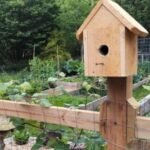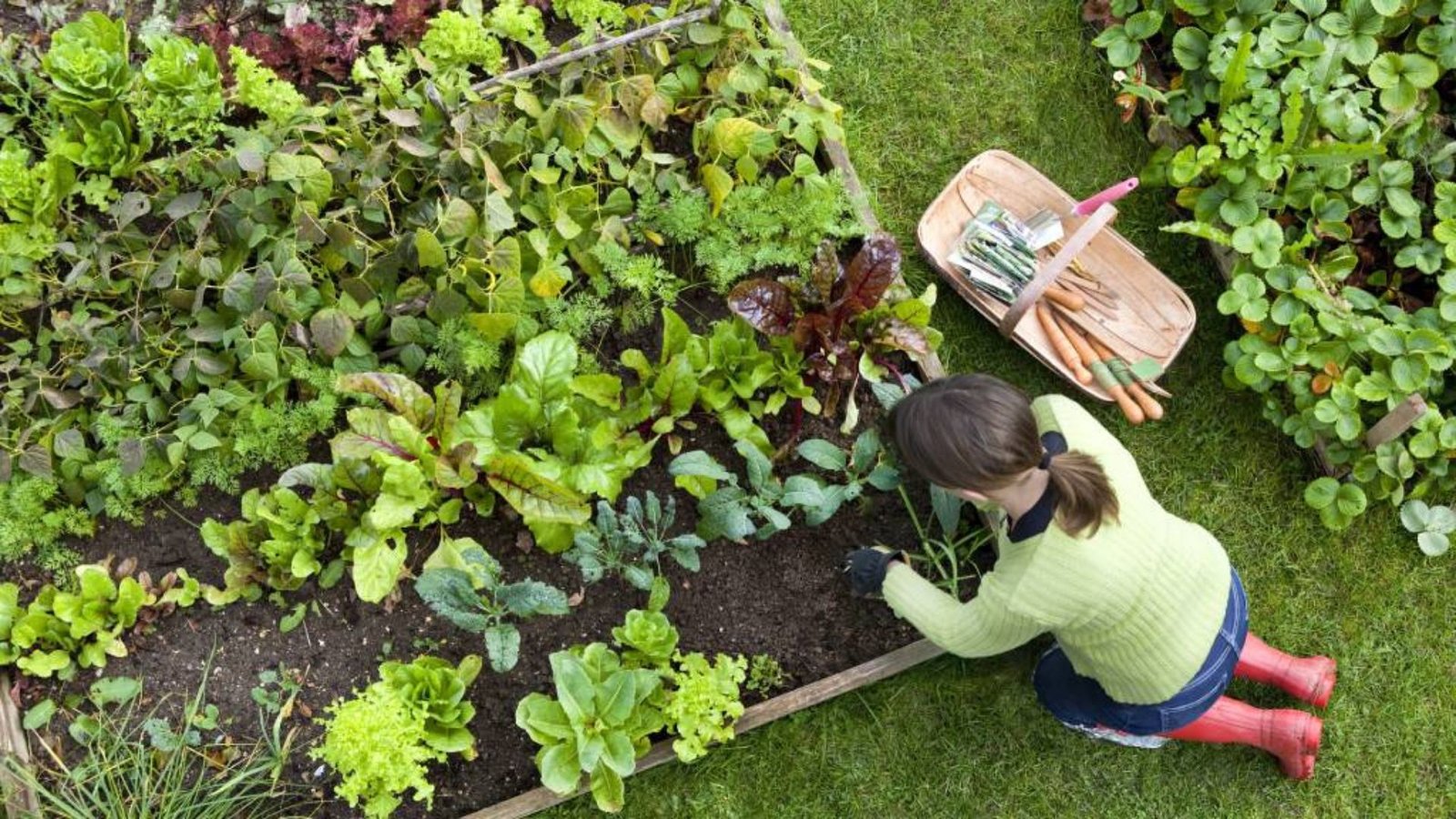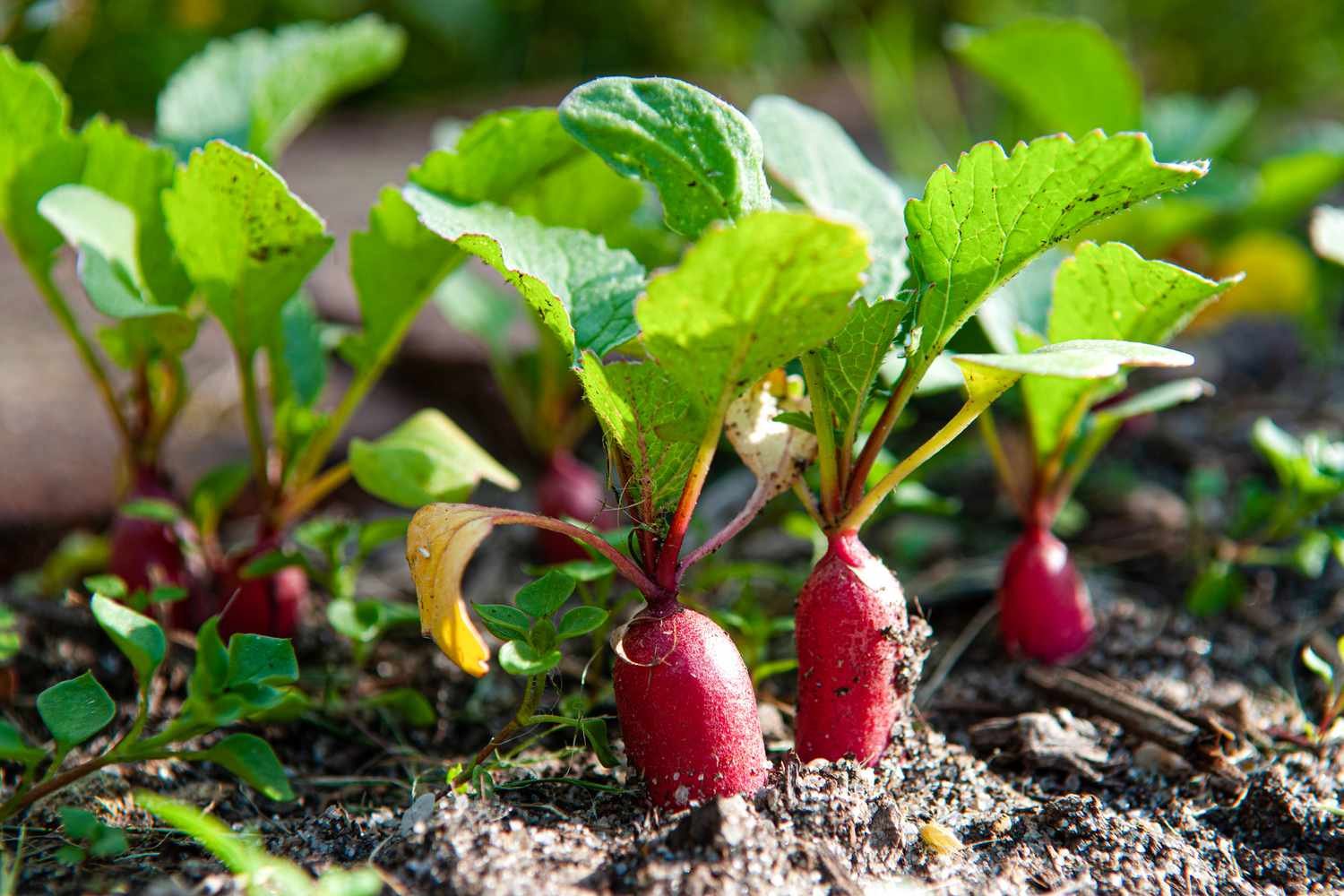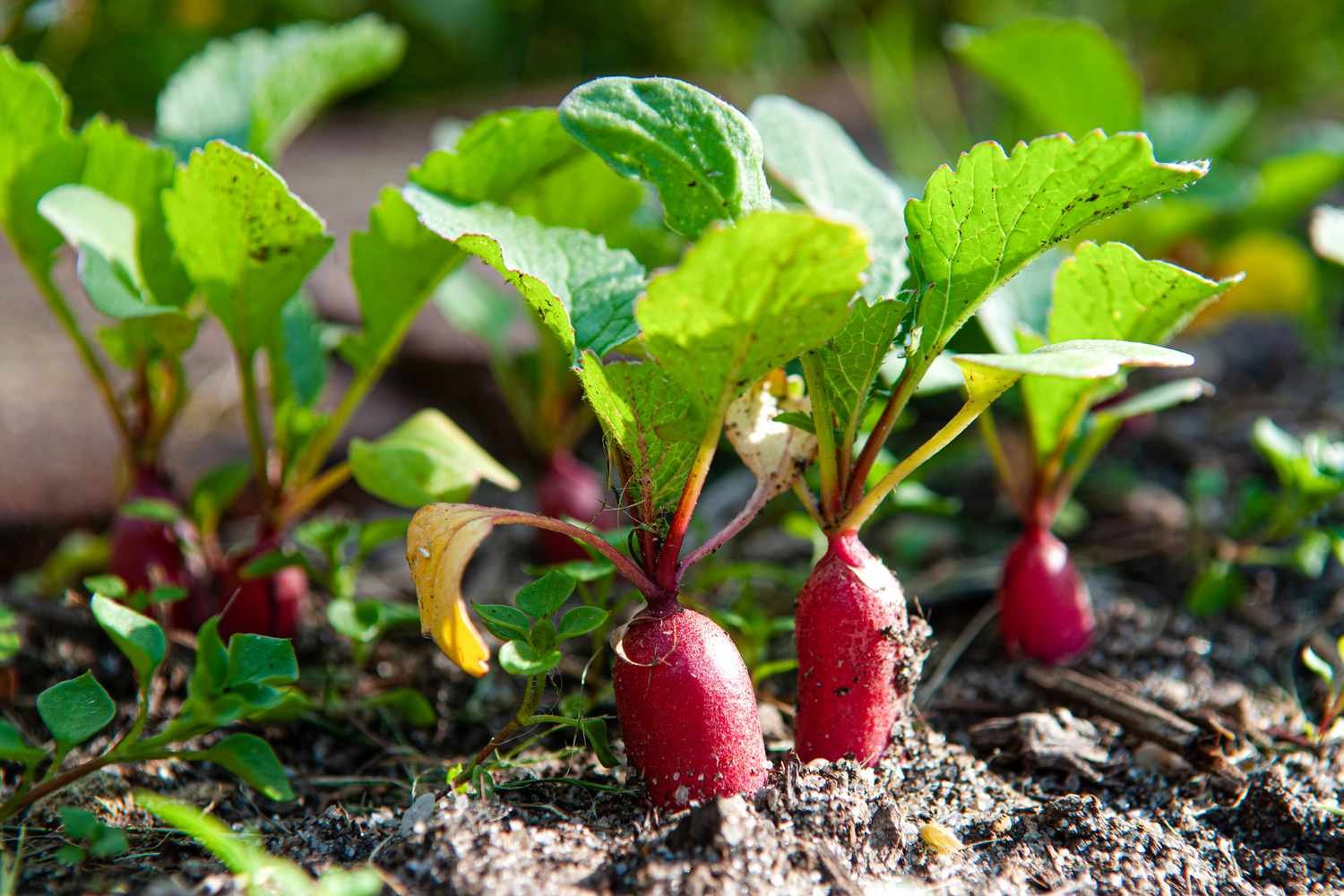Growing your own food is not only a rewarding experience but also a sustainable way to ensure fresh, nutritious produce right from your backyard or balcony. Whether you have a sprawling garden or just a few pots on a sunny windowsill, here’s a beginner’s guide to getting started with growing your own food.

Benefits of Growing Your Own Food
1. Freshness and Flavor
Nothing beats the flavor of freshly harvested vegetables and herbs picked from your own garden. Homegrown produce is often more flavorful and nutrient-dense than store-bought alternatives.
2. Sustainability
By growing your own food, you reduce your carbon footprint by minimizing transportation and packaging waste associated with store-bought produce. It’s a step towards sustainable living.
3. Cost-Effectiveness
While initial setup costs for gardening supplies may vary, growing your own food can save money in the long run, especially for expensive herbs and specialty vegetables.
Getting Started with Your Garden
1. Assess Your Space
Whether you have a large backyard, a small patio, or even just a sunny windowsill, assess your available space and sunlight exposure. Choose plants that thrive in your specific conditions.
2. Choose What to Grow
Select vegetables, herbs, and fruits that you enjoy eating and are well-suited to your climate and growing conditions. Consider starting with easy-to-grow crops like tomatoes, lettuce, and herbs.
3. Prepare Your Soil
Healthy soil is the foundation of a productive garden. Amend your soil with organic matter such as compost to improve its structure, fertility, and water-retention capabilities.
Essential Tips for Growing Success
1. Provide Adequate Water
Most plants require consistent moisture to thrive. Water deeply and regularly, especially during dry spells, and avoid overwatering to prevent root rot.
2. Sunlight Requirements
Ensure your plants receive the appropriate amount of sunlight each day according to their specific needs. Most vegetables and herbs require at least 6-8 hours of direct sunlight.
3. Practice Companion Planting
Maximize garden space and naturally repel pests by practicing companion planting. Pairing compatible plants together can enhance growth and flavor while reducing the need for chemical pesticides.
Harvesting and Enjoying Your Produce
1. Timing is Key
Harvest vegetables and herbs at their peak ripeness for the best flavor and nutritional value. Use sharp pruners or scissors to avoid damaging plants during harvest.
2. Preserve and Store
Extend the enjoyment of your garden’s bounty by learning to preserve excess produce through canning, freezing, drying, or pickling. This ensures you can enjoy homegrown flavors throughout the year.
3. Share Your Harvest
Share the joy of homegrown produce with friends, family, and neighbors. Excess harvest can be a wonderful way to connect and build community.
Overcoming Challenges
1. Pest and Disease Management
Monitor your garden regularly for signs of pests or diseases. Use natural remedies or organic pest controls to minimize damage while maintaining a healthy garden ecosystem.
2. Weather and Climate Considerations
Adjust planting times and techniques to accommodate your local climate. Consider using season extenders like row covers or cold frames to protect plants from unexpected frosts.
3. Continuous Learning
Gardening is a journey of learning and experimentation. Don’t be discouraged by setbacks; each season brings new opportunities to refine your skills and knowledge.
Conclusion
In conclusion, growing your own food is a fulfilling journey that connects you to the natural world and promotes sustainable living. Whether you’re a novice gardener or have years of experience, cultivating your own fruits, vegetables, and herbs brings a sense of accomplishment and nourishment to both body and soul.











